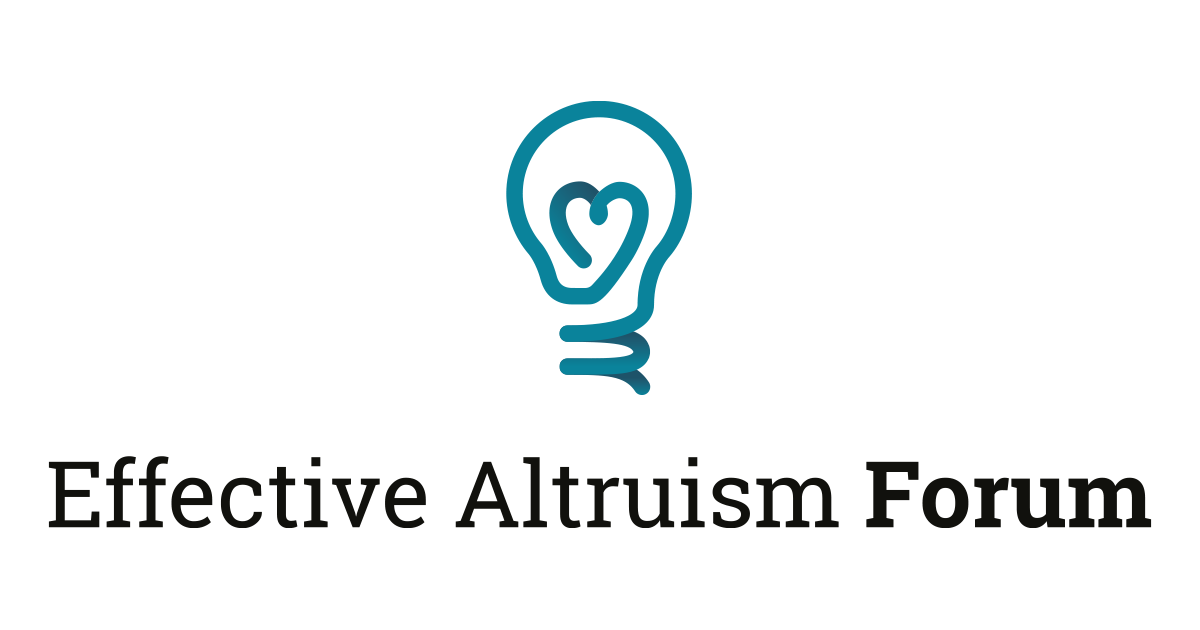How to Make an Impact in Animal Advocacy, a Survey.
@tags:: #lit✍/📰️article/highlights
@links:: animal advocacy, survey,
@ref:: How to Make an Impact in Animal Advocacy, a Survey.
@author:: Joey
=this.file.name

Reference
=this.ref
Notes
Corporate outreach was generally agreed upon as a historically successful cause area. Some people thought that now was the time to start planning for the next campaigns to be conducted (e.g. on fish). Others thought it would be better to continue focusing on the current egg/chicken campaigns to guarantee follow through and expansion to international level. There was some concern that this cause area was fairly full, with strong organizations already working on it, while others argued that very high impact gaps were yet to be filled.
- View Highlight
- corporate outreach, animal advocacy strategy,
Opinions differed on what research is highest impact: movement building, fundamental crucial considerations, and practical interventions each had strong supporters. People mentioned ensuring that research has a clear path to making an impact, as it seems easy to get lost in abstraction.
- View Highlight
- animal advocacy strategy,
Many people were concerned that, even if research was well conducted, it would not influence organizations unless it first influenced funders who then influenced organizations via their granting choices.
- View Highlight
-
Views on how to act were mixed but generally people thought that focusing on the small scale (e.g. state or city) and on countries other than the US might be more promising. At the very least, there is room for research to identify the most promising interventions in this area, as it currently proves to be a very low information space.
- View Highlight
-
Somewhat like political outreach, this was a lower information space. People thought some work could be done, particularly when paired with other interventions. For example, inventing a better process for stunning fish and then lobbying companies to apply it. Some of the more far-fetched ideas seemed promising to people initially, although few people were well-informed enough to have strong views on, for instance, GMO animals. Most people were fairly neutral and unsure about this class of interventions.
- View Highlight
-
Overall, even the people who thought this area had promise had major concerns about its tractability. One activist worded it as follows: “Many of the leaders in animal advocacy where promoted due to dedication to their ideals and stubbornness; those are hard minds to change”.
- View Highlight
-
dg-publish: true
created: 2024-07-01
modified: 2024-07-01
title: How to Make an Impact in Animal Advocacy, a Survey.
source: reader
@tags:: #lit✍/📰️article/highlights
@links:: animal advocacy, survey,
@ref:: How to Make an Impact in Animal Advocacy, a Survey.
@author:: Joey
=this.file.name

Reference
=this.ref
Notes
Corporate outreach was generally agreed upon as a historically successful cause area. Some people thought that now was the time to start planning for the next campaigns to be conducted (e.g. on fish). Others thought it would be better to continue focusing on the current egg/chicken campaigns to guarantee follow through and expansion to international level. There was some concern that this cause area was fairly full, with strong organizations already working on it, while others argued that very high impact gaps were yet to be filled.
- View Highlight
- corporate outreach, animal advocacy strategy,
Opinions differed on what research is highest impact: movement building, fundamental crucial considerations, and practical interventions each had strong supporters. People mentioned ensuring that research has a clear path to making an impact, as it seems easy to get lost in abstraction.
- View Highlight
- animal advocacy strategy,
Many people were concerned that, even if research was well conducted, it would not influence organizations unless it first influenced funders who then influenced organizations via their granting choices.
- View Highlight
-
Views on how to act were mixed but generally people thought that focusing on the small scale (e.g. state or city) and on countries other than the US might be more promising. At the very least, there is room for research to identify the most promising interventions in this area, as it currently proves to be a very low information space.
- View Highlight
-
Somewhat like political outreach, this was a lower information space. People thought some work could be done, particularly when paired with other interventions. For example, inventing a better process for stunning fish and then lobbying companies to apply it. Some of the more far-fetched ideas seemed promising to people initially, although few people were well-informed enough to have strong views on, for instance, GMO animals. Most people were fairly neutral and unsure about this class of interventions.
- View Highlight
-
Overall, even the people who thought this area had promise had major concerns about its tractability. One activist worded it as follows: “Many of the leaders in animal advocacy where promoted due to dedication to their ideals and stubbornness; those are hard minds to change”.
- View Highlight
-